Expressionist Modern Architecture Style was an architectural movement that developed in Europe during the first decades of the 20th century in parallel with the expressionist visual and performing arts, that especially developed and dominated in Germany. Expressionist Modern Architecture Style describes a type of architecture which uses the form of a building as a means to evoke or express the inner sensitivities and feelings of the viewer or the architect.
This tendency can be coupled with the notion that the form can represent the physical manifestation of a trans personal or mystic spirit. Brick Expressionism is a special variant, that dominates in western and northern Germany, and in the Netherlands with the Amsterdam School.
Expressionist Modern Architecture Style
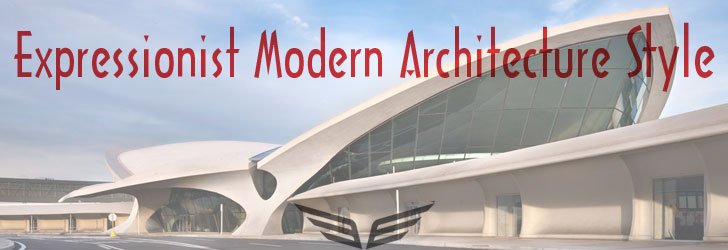
The term “Expressionist architecture” initially described the activity of the German, Dutch, Austrian, Czech and Danish avant garde from 1910 until 1930.
Today the meaning has broadened even further to refer to architecture of any date or location that exhibits some of the qualities of the original movement such as; distortion, fragmentation or the communication of violent or overstressed emotion.
Key Features of Expressionist Architecture
- Distortion of form for an emotional effect.
- Subordination of realismto symbolic or stylistic expression of inner experience.
- An underlying effort at achieving the new, original, and visionary.
- Profusion of works on paper, and models, with discovery and representations of concepts more important than pragmatic finished products.
- Often hybrid solutions, irreducible to a single concept
- Themes of natural romantic phenomena, such as caves, mountains, lightning, crystal and rock formations. As such it is more mineral and elemental than florid and organic which characterized its close contemporary art nouveau.
- Utilities creative potential of artisan craftsmanship.
- Tendency more towards the Gothic than the classical. Expressionist architecture also tends more towards the Romanesque and the rococo than the classical.
- Though a movement in Europe, expressionism is as eastern as western. It draws as much from Moorish, Islamic, Egyptian, and Indian art and architecture as from Roman or Greek.
- Conception of architecture as a work of art. (Ref: http://en.wikipedia.org/wiki/)
Expressionist Modern Architecture Style was individualistic and in many ways eschewed aesthetic dogma, but it is still useful to develop some criteria which defines it.
Image Gallery For Clear Concept of Expressionist modern architecture Style:
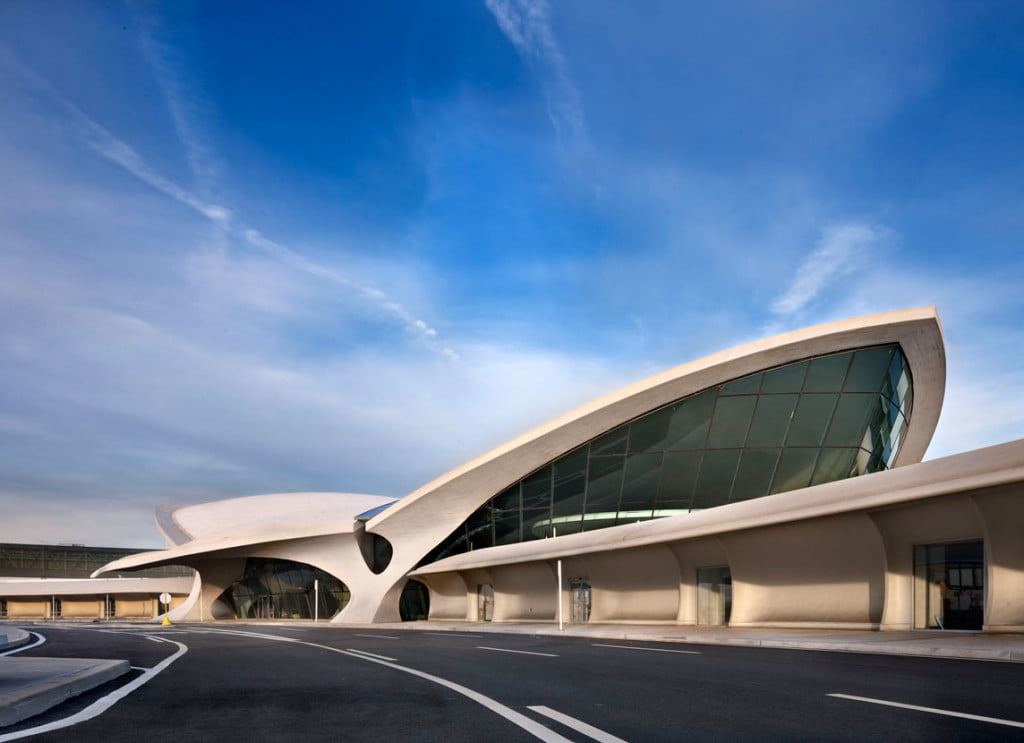
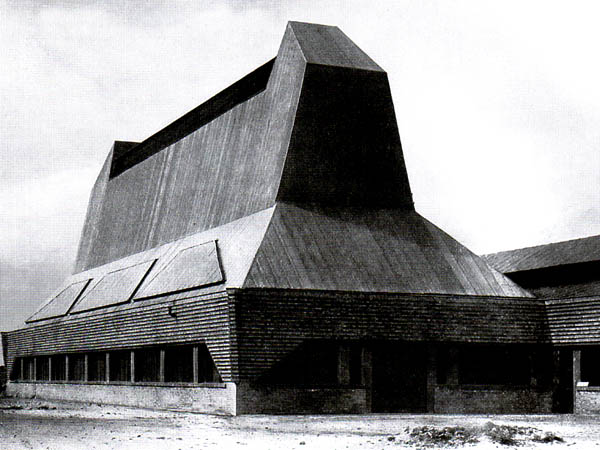
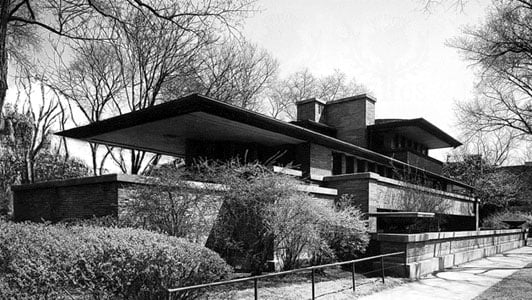
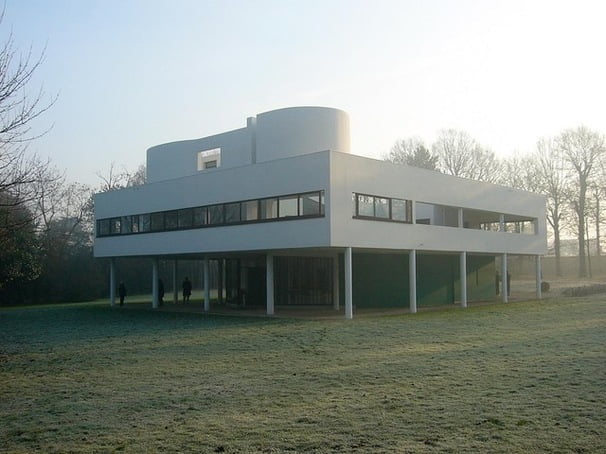
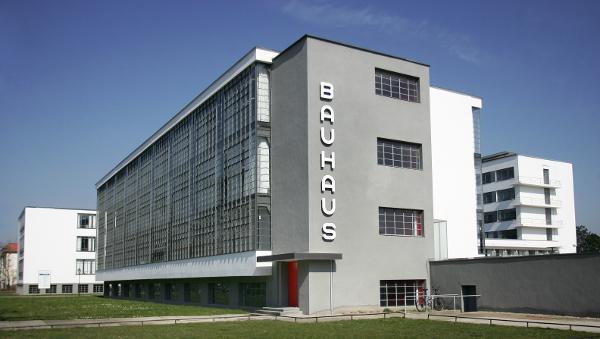
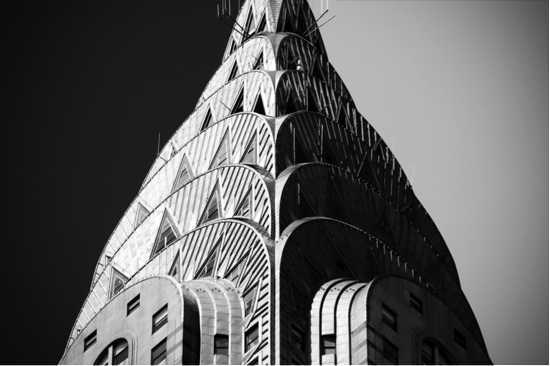
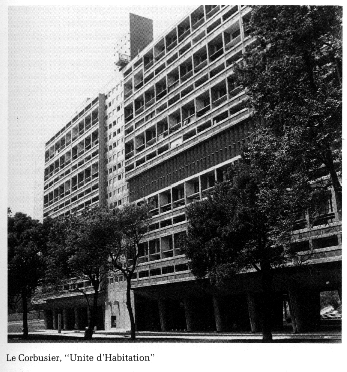
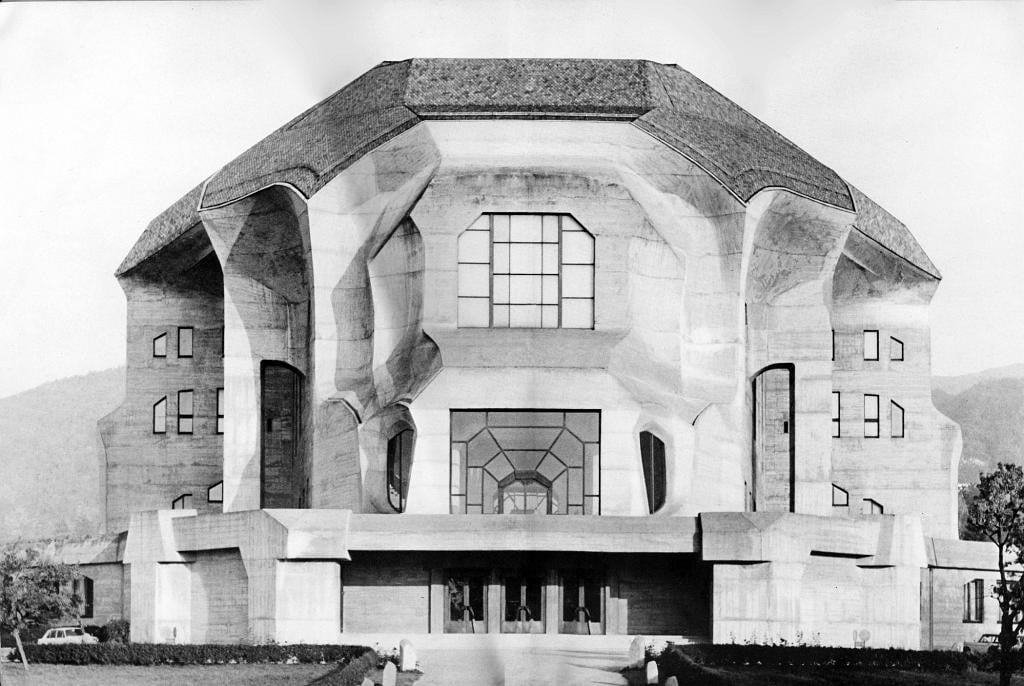
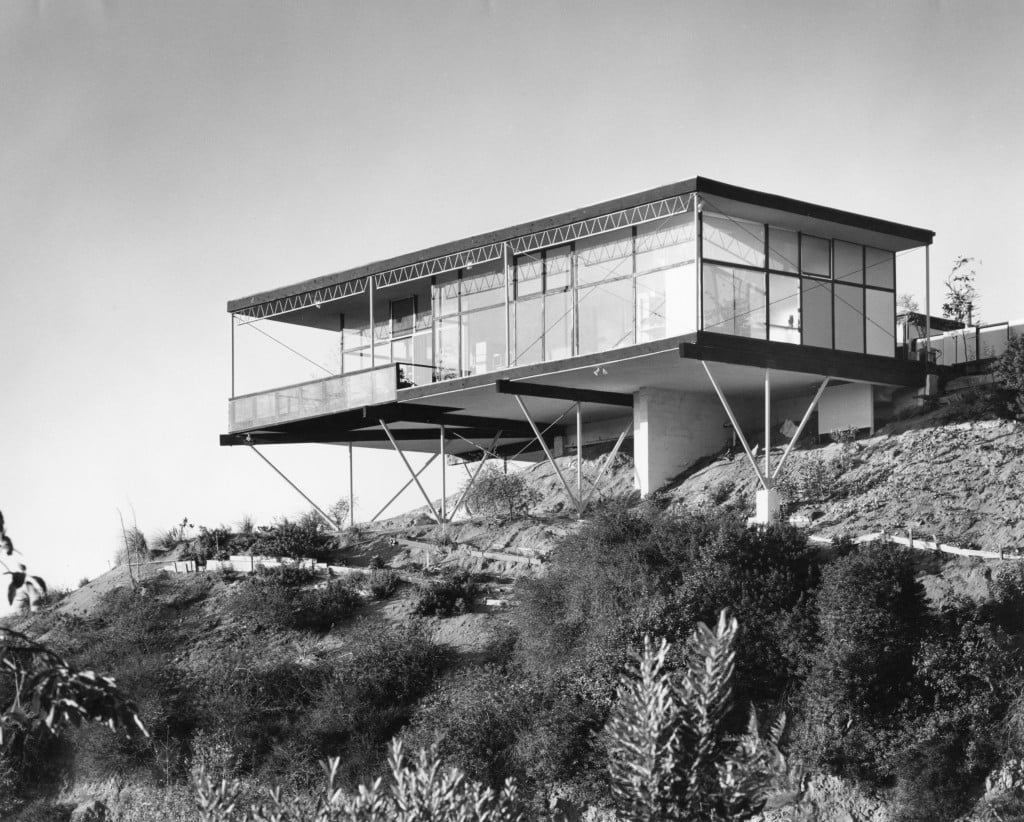
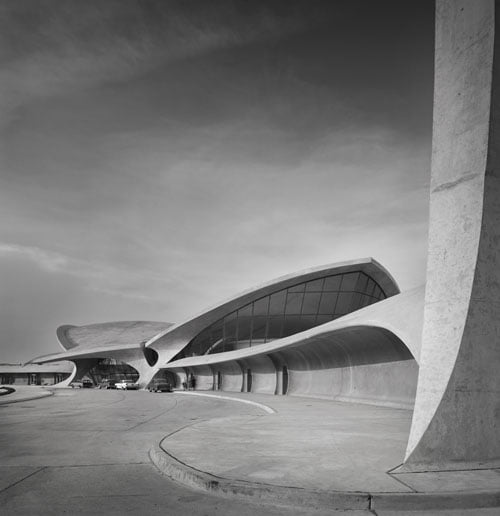
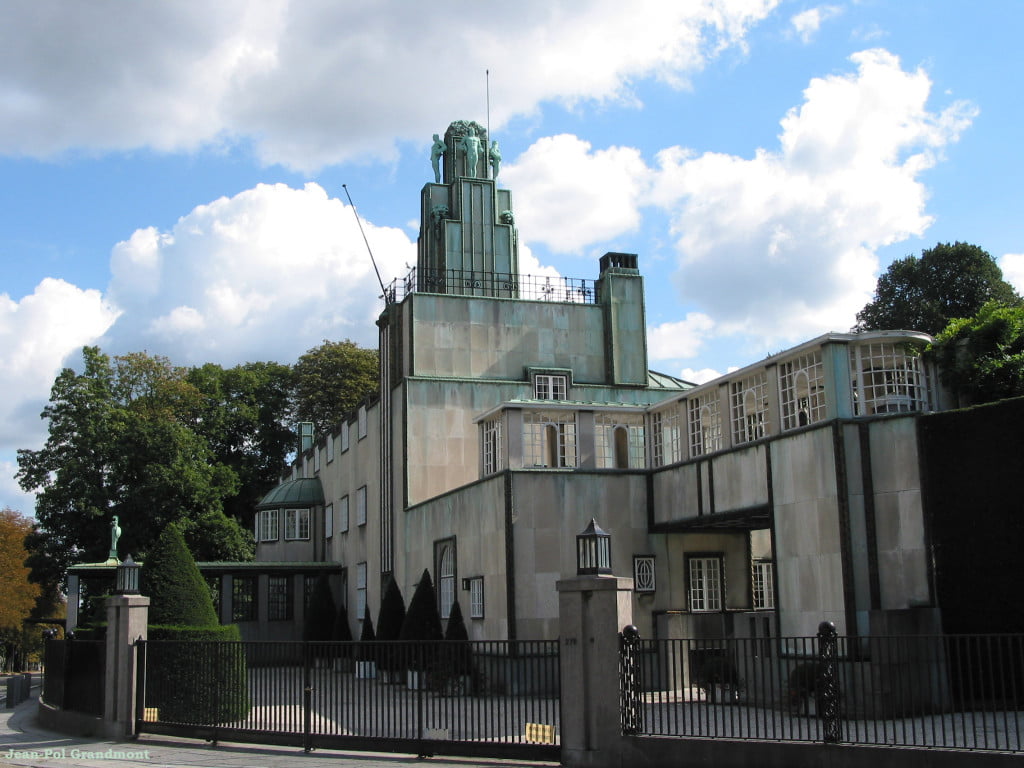
Though containing a great variety and differentiation, many points can be found as recurring in works of Expressionist Modern Architecture Style, and are evident in some degree in each of its works.